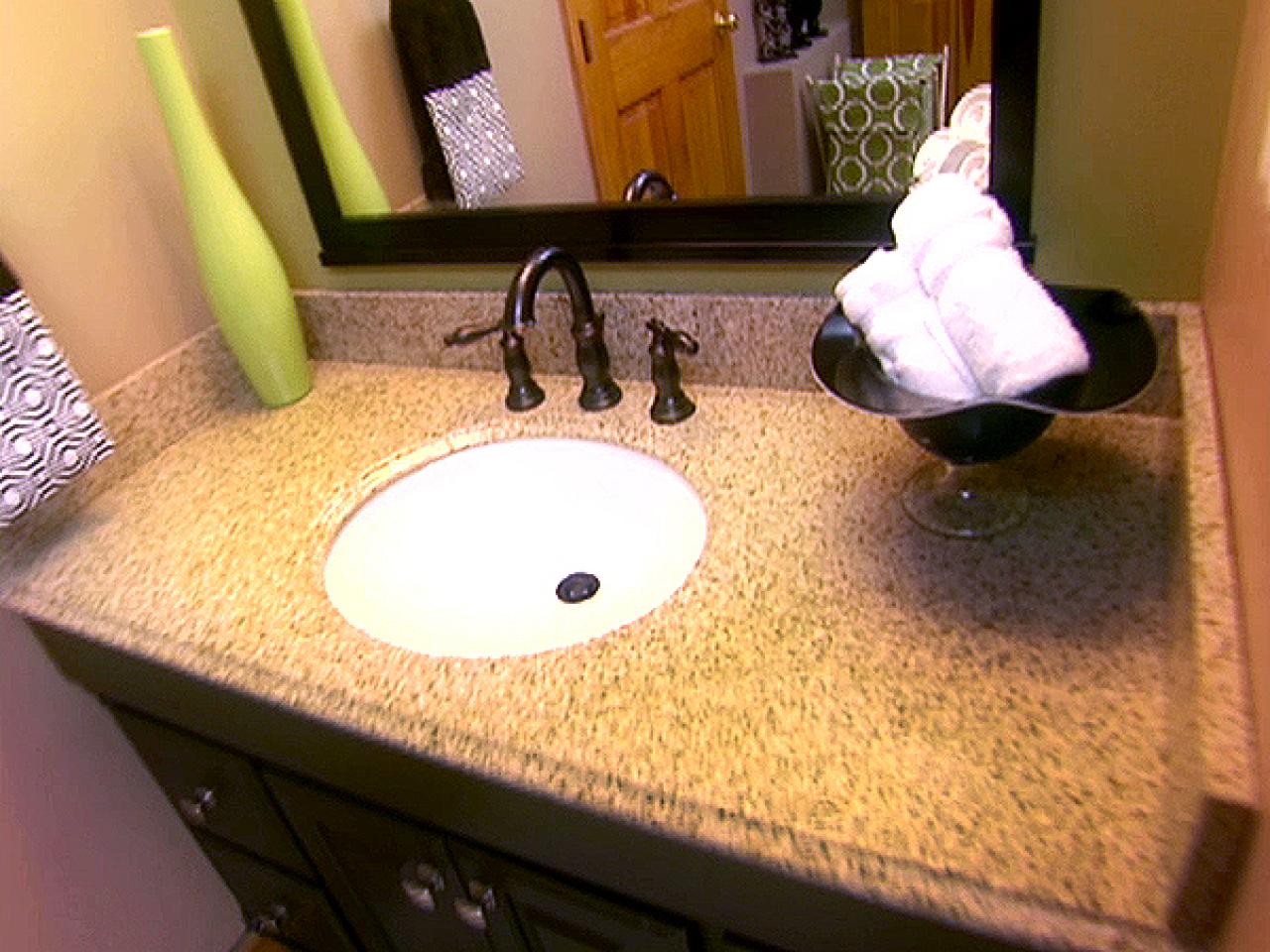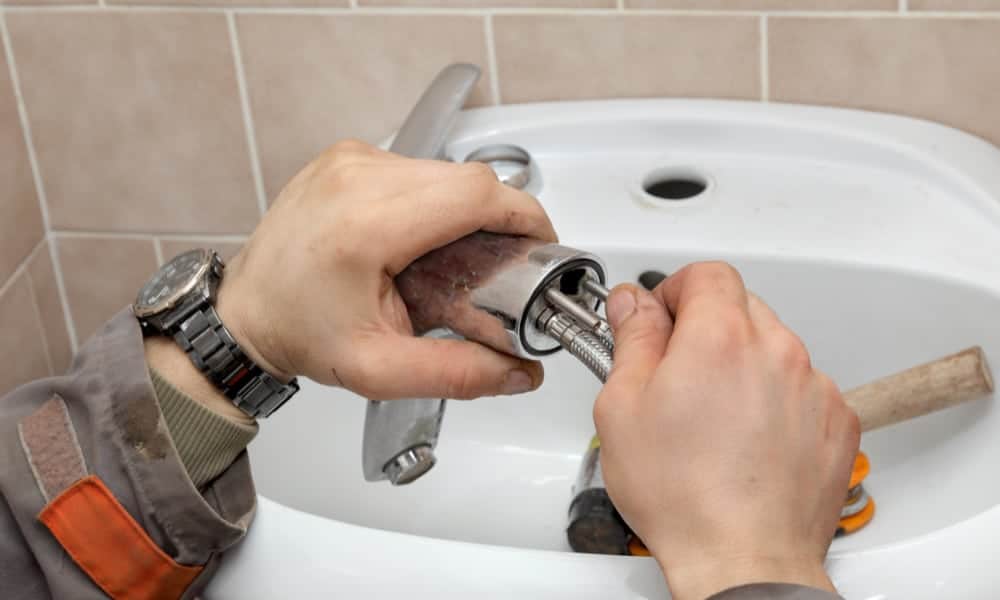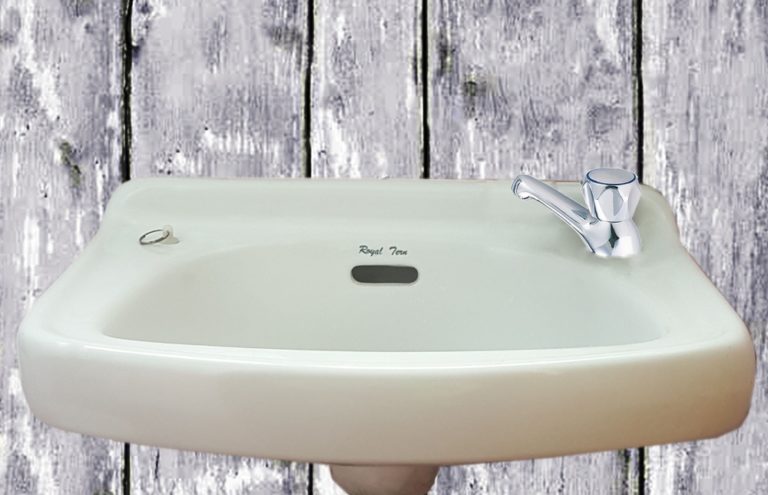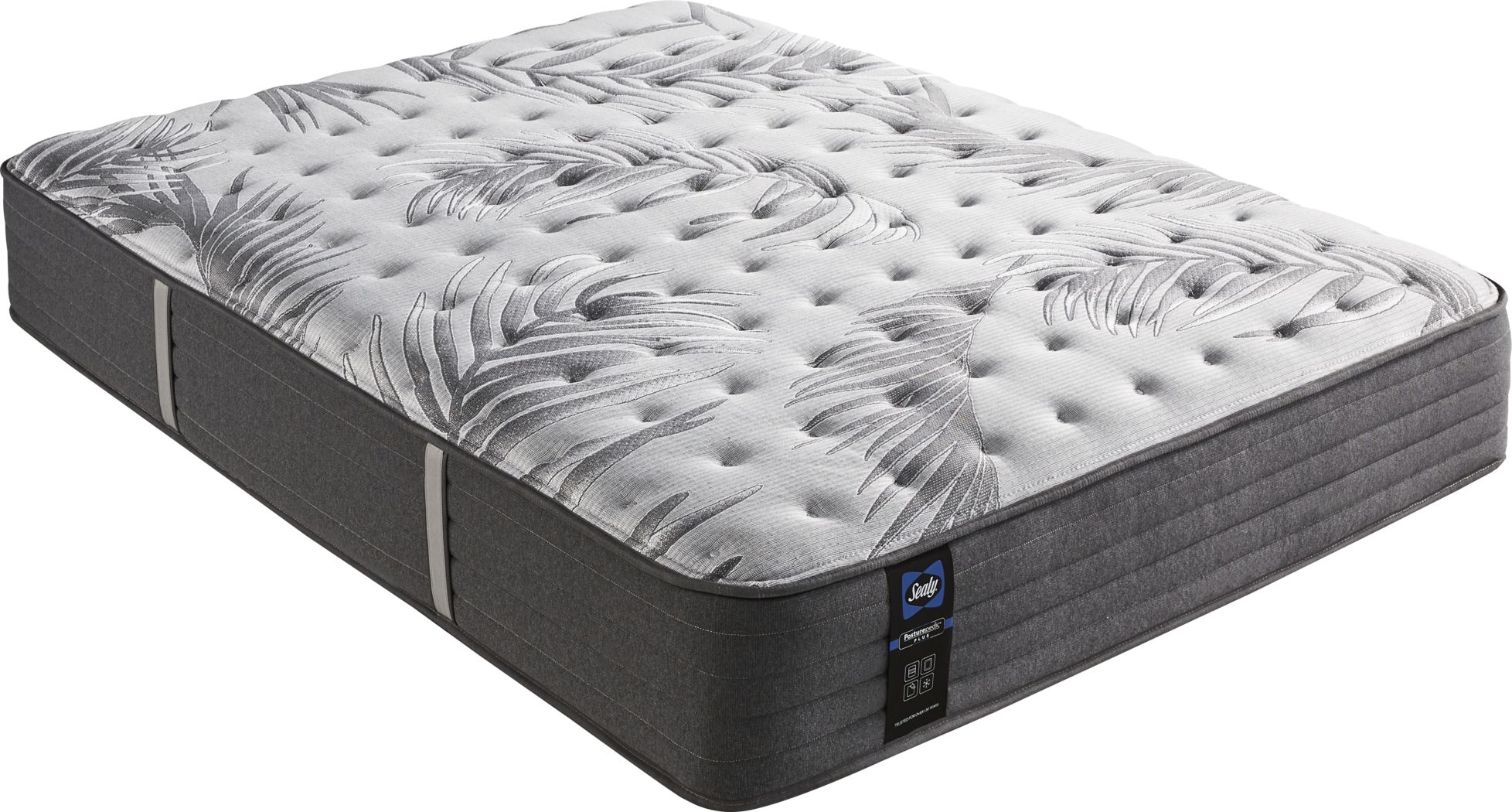If you're looking to give your bathroom a fresh new look, one of the easiest and most impactful changes you can make is by replacing your bathroom sink. Whether you're upgrading to a new style or simply swapping out an old, worn out sink, this DIY project is definitely doable for even the most novice home improvement enthusiast. In this step-by-step guide, we'll walk you through the process of replacing a bathroom sink, from start to finish.How to Replace a Bathroom Sink
Step 1: Gather Your Tools and Materials The first step in any DIY project is to gather all the necessary tools and materials. For this project, you will need:
Replacing a Bathroom Sink: A Step-by-Step Guide
Step 2: Turn off the Water Supply
Before you begin, make sure to turn off the water supply to your sink. This can usually be done by turning the shut-off valves under the sink clockwise. If you don't have shut-off valves, you will need to turn off the main water supply to your house.
Step 3: Remove the Old Sink
Start by disconnecting the drain pipes and water supply lines. You may need to use a pipe wrench to loosen any stubborn connections. Once everything is disconnected, remove the sink from the countertop or vanity. If your sink is attached with clips or brackets, you will need to remove those as well.
Step 4: Prepare the New Sink
Before installing the new sink, make sure to clean the area where it will be placed and measure the dimensions to ensure a perfect fit. You may also need to make any necessary adjustments to the sink, such as cutting a hole for a faucet or trimming excess material.
Step 5: Install the New Sink
Place the sink into position on the countertop or vanity, making sure it is level. If your sink comes with mounting brackets or clips, attach them to secure the sink in place. Next, connect the drain pipes and water supply lines, using plumber's putty or Teflon tape to create a watertight seal. Turn the water supply back on and check for any leaks.
Replacing a bathroom sink is a great DIY project for those looking to save money and add a personal touch to their home. With the right tools and materials, this project can be completed in just a few hours. Plus, you'll have the satisfaction of knowing you did it yourself!DIY Bathroom Sink Replacement
Here are a few tips and tricks to keep in mind when replacing a bathroom sink:
Replacing a Bathroom Sink: Tips and Tricks
Some common mistakes to avoid when replacing a bathroom sink include:
Replacing a Bathroom Sink: Common Mistakes to Avoid
As mentioned earlier, you'll need a few tools and materials to complete this project. In addition to the ones listed in step 1, you may also need:
Replacing a Bathroom Sink: Tools and Materials You'll Need
The cost and time estimate for replacing a bathroom sink will vary depending on the style of sink you choose, any additional materials needed, and your level of experience with home improvement projects. On average, the cost can range from $200 to $500, with a time estimate of 2-4 hours.Replacing a Bathroom Sink: Cost and Time Estimate
While hiring a professional to replace your bathroom sink can save you time and ensure a perfect installation, it can also be quite costly. With the right tools and materials, this is definitely a project that can be successfully completed as a DIY project. Just make sure to follow all safety precautions and take your time to ensure a job well done.Replacing a Bathroom Sink: Professional vs. DIY
If you encounter any issues during the process of replacing your bathroom sink, here are a few troubleshooting tips:
Replacing a Bathroom Sink: Troubleshooting Common Issues
One of the best things about replacing a bathroom sink is the opportunity to upgrade to a new style. Whether you're going for a sleek, modern look or a classic, traditional style, the right sink can completely transform the look and feel of your bathroom. So go ahead and choose a style that speaks to you and get ready to enjoy your updated space!Replacing a Bathroom Sink: Upgrading to a New Style
Replacing a Bathroom Sink: A Simple Upgrade for Your Bathroom Design

Why Replace Your Bathroom Sink?
 Replacing your bathroom sink may seem like a daunting task, but it is actually a simple and cost-effective way to upgrade your bathroom design. Not only can a new sink add a fresh and modern look to your bathroom, but it also has practical benefits such as improved functionality and increased storage space. Whether you are looking to update an outdated sink or simply want to give your bathroom a new look, replacing your bathroom sink is a great place to start.
Replacing your bathroom sink may seem like a daunting task, but it is actually a simple and cost-effective way to upgrade your bathroom design. Not only can a new sink add a fresh and modern look to your bathroom, but it also has practical benefits such as improved functionality and increased storage space. Whether you are looking to update an outdated sink or simply want to give your bathroom a new look, replacing your bathroom sink is a great place to start.
Choosing the Right Sink
 Before beginning the replacement process, it is important to choose the right sink for your bathroom. Consider the style and design of your bathroom and choose a sink that complements it. There are various types of sinks to choose from, including pedestal, wall-mounted, and vessel sinks.
Vessel sinks
have become increasingly popular in recent years, with their unique and modern design. They sit on top of the counter, adding a touch of elegance to your bathroom. Make sure to also consider the size and shape of your sink, as well as the material it is made of.
Porcelain, granite, and marble
are all popular options that provide durability and a sleek look.
Before beginning the replacement process, it is important to choose the right sink for your bathroom. Consider the style and design of your bathroom and choose a sink that complements it. There are various types of sinks to choose from, including pedestal, wall-mounted, and vessel sinks.
Vessel sinks
have become increasingly popular in recent years, with their unique and modern design. They sit on top of the counter, adding a touch of elegance to your bathroom. Make sure to also consider the size and shape of your sink, as well as the material it is made of.
Porcelain, granite, and marble
are all popular options that provide durability and a sleek look.
Gather Your Materials
 Once you have chosen your new sink, it is time to gather the necessary materials. This includes a new sink and faucet, plumbing tools, plumber's putty, and silicone caulk. Make sure to measure the dimensions of your new sink and ensure it will fit properly in the existing space. It may also be helpful to have a friend or family member assist you with the installation process, as some steps may require an extra set of hands.
Once you have chosen your new sink, it is time to gather the necessary materials. This includes a new sink and faucet, plumbing tools, plumber's putty, and silicone caulk. Make sure to measure the dimensions of your new sink and ensure it will fit properly in the existing space. It may also be helpful to have a friend or family member assist you with the installation process, as some steps may require an extra set of hands.
Removing the Old Sink
 Before installing the new sink, the old one must be removed. Start by turning off the water supply and disconnecting the water lines from the faucet. Then, remove the sink from the vanity or countertop. If using a pedestal sink, remove the mounting bracket from the wall. Use a putty knife to scrape off any old caulk or adhesive residue from the area where the sink was attached.
Before installing the new sink, the old one must be removed. Start by turning off the water supply and disconnecting the water lines from the faucet. Then, remove the sink from the vanity or countertop. If using a pedestal sink, remove the mounting bracket from the wall. Use a putty knife to scrape off any old caulk or adhesive residue from the area where the sink was attached.
Installing the New Sink
 Once the old sink has been removed, it is time to install the new one. Begin by attaching the mounting bracket to the wall, if using a pedestal sink. Then, apply plumber's putty to the underside of the sink and place it on the vanity or countertop. Make sure the sink is level and secure it with clips or mounting hardware. Connect the water lines to the new faucet and turn the water supply back on. Lastly, seal around the edges of the sink with silicone caulk for a clean and watertight finish.
Once the old sink has been removed, it is time to install the new one. Begin by attaching the mounting bracket to the wall, if using a pedestal sink. Then, apply plumber's putty to the underside of the sink and place it on the vanity or countertop. Make sure the sink is level and secure it with clips or mounting hardware. Connect the water lines to the new faucet and turn the water supply back on. Lastly, seal around the edges of the sink with silicone caulk for a clean and watertight finish.
Enjoy Your New Sink
 Congratulations, you have successfully replaced your bathroom sink! Not only does it add a new and improved look to your bathroom design, but it also provides practical benefits. With a little bit of time and effort, you can upgrade your bathroom and make it a more functional and beautiful space. Remember to properly maintain your new sink to keep it looking its best for years to come.
Congratulations, you have successfully replaced your bathroom sink! Not only does it add a new and improved look to your bathroom design, but it also provides practical benefits. With a little bit of time and effort, you can upgrade your bathroom and make it a more functional and beautiful space. Remember to properly maintain your new sink to keep it looking its best for years to come.
































































